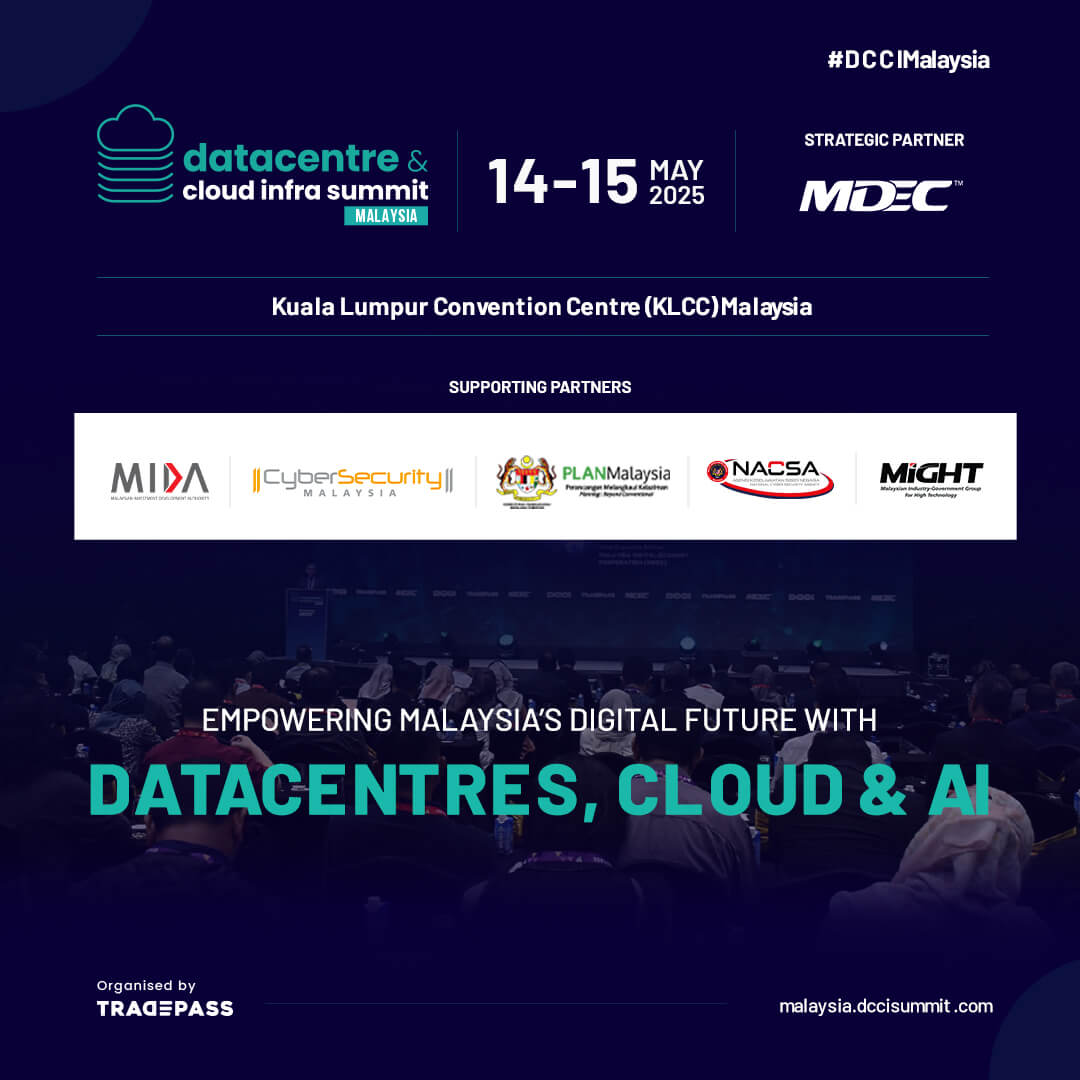Heaptalk, Jakarta — PT Frisian Flag Indonesia (FFI) inaugurated a new dairy plant in Cikarang, Bekasi Regency, West Java, with an investment of €257 million, equivalent to Rp3.8 trillion, as reported by Bisnis Indonesia (07/02).
Occupying an area of 25.4 hectares, this plant will become the largest FrieslandCampina manufacturing facility owned by FFI worldwide. Overall, the facility has the potential to produce up to 1 billion kg of milk products annually.
The Dutch dairy producer increased its production capacity to reach 400,000 kg of fresh milk daily, producing 700 million kg of milk products annually. Liquid milk production is estimated to reach 244 million liters per year, and sweetened condensed milk production is 456,000 tons.
Reducing GHG emissions by 45%
According to Berend van Wel, President Director of Frisian Flag Indonesia, the construction of this new factory aligns with the government’s vision and mission to produce the Golden Generation of Indonesia by 2045. The consumption of fresh milk in Indonesia is only 16.1 liters per capita per year. This amount is lower than milk consumption in other ASEAN countries such as Malaysia (50.9 liters per capita per year), Singapore (41.6 liters per capita per year), and Vietnam (20.1 liters per capita per year).
“We believe in the potential of Indonesia with its 270 million population, but the per capita milk consumption is still low, making the need for nutrition fulfillment for children and the community quite high,” Berend said in Cikarang, as quoted by Bisnis Indonesia (07/02). In addition to supplying domestic needs, the company plans to expand its export market to Vietnam, the Philippines, and Thailand.
This recent dairy plant in Cikarang was built with the FrieslandCampina Climate Plan, which aims to reduce greenhouse gas emissions by 63% from 2015 to 2030 through reduced energy consumption and the application of renewable resources. FFI has implemented several environmentally friendly innovations throughout its production chain, including a biomass boiler for solar power generation, wastewater recycling facilities for water management, and a solar panel roofing system.
Moreover, the company also targets reducing CO2 or greenhouse gas emissions by 45%, saving electricity consumption by 22%, and water consumption by 25%. Another environmental initiative is implementing more than 55,000 eco-friendly pallets at the Main Distribution Center and Raw Material Warehouse at this latest plant.













